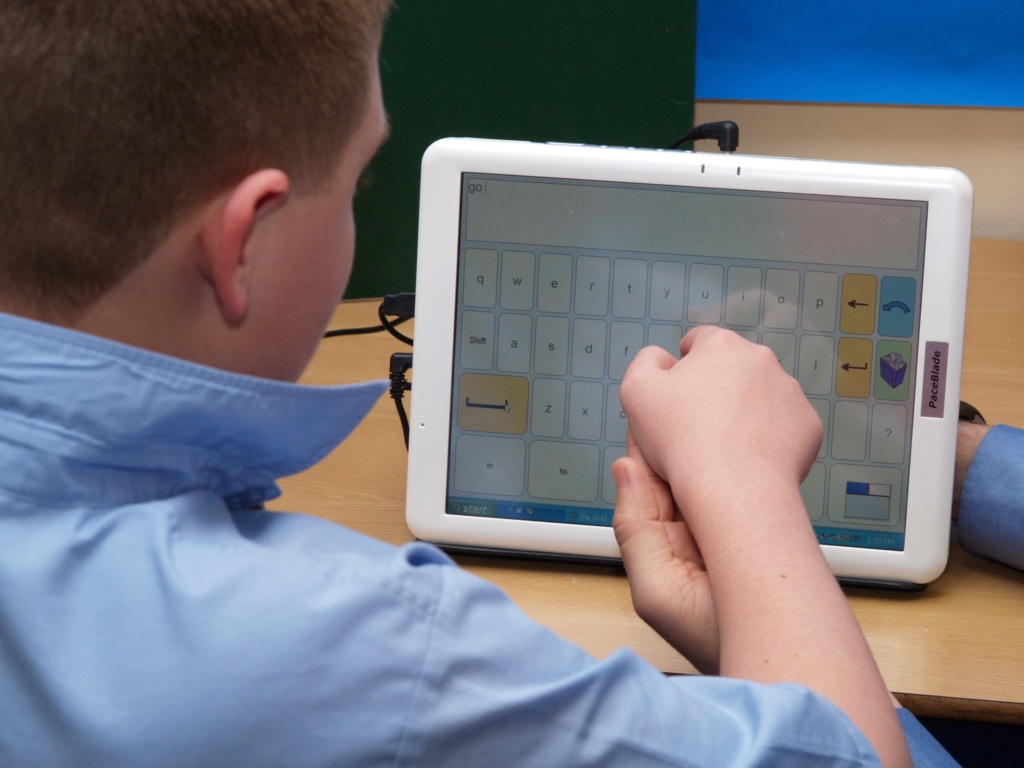
Introduction
In 2016, following on from a Ministry of National Education Report (2015) in Turkey, researchers at the University of Konya (Turkey), carried out research into effective numeracy in special schools. Both the report and findings from 30 teachers in Meram Special Education School (10–14 year olds) who participated in the research through interviews, showed that to develop numeracy learning in special schools or in schools where students with SEN are taught, schools should:
- ensure that numeracy teaching is planned and delivered in relevant and practical contexts across the curriculum,
- ensure that the students’ prior numeracy skills are identified and the information is transferred to students in a planned way,
- ensure that teachers of students with SEN are trained to be able to understand how to develop the students’ numeracy skills,
- provide adequate and enough support and resources for effective numeracy learning of those who need special education in any learning setting, and
- enter the students at an appropriately challenging level for essential numeracy skills and include recordings in portfolios of students’ work.
This article presents findings from interviews with 30 Turkish teachers who work in the special education school and participated in the research. The research aimed to gain insights into effective numeracy practices in special schools. Findings indicated that ‘what matters most’ is quality numeracy teaching supported by strategic professional approaches. Best practices can be seen when teachers have a well-developed knowledge of numeracy and its pedagogical principles. The teachers of students with SEN can achieve best practice through the use of different teaching methods, materials and learning tasks matched to the functional numeracy needs of the SEN students in accordance with the curriculum and adapted in special and general schools.
Practices for Teaching Numeracy Skills
According to the 30 teachers who work in the state special school, numeracy skills can promote mathematical competence for students with SEN, which can lead to advanced learning in other courses adapted in special schools in Turkey. They said that the goal should be to identify teaching strategies to enable learners to count, compute and apply these skills across a variety of mathematical problems. They suggest that effective mathematical learning for students with SEN needs to be intensive, including the provision of many opportunities for practice, along with systematic prompting and feedback on small sets of objectives.
The teachers theorise that students can acquire multiple skills together if they are related thematically. For example, a student might be able to learn to count by rote, create sets, and combine sets if they are related to an activity (e.g. multiple opportunities to learn one skill like rote counting). Because these students need many repetitions, teachers should change activities, while keeping the target skills constant, which may maintain student motivation. The teachers perceived that some students with severe disabilities can read a maths story—this can create a context for learning and can give meaning to the mathematical processes.
The teachers gave suggestions on how to teach grade-aligned mathematical standards to older students (middle and high school age) with SEN by 1) using stories about familiar events, such as going out to eat; 2) providing assistive technology in the form of graphic organisers and number lines; and 3) utilising systematic instruction to follow a task analysis to perform the mathematical concept (finding a point on a plane, creating a bar graph). According to the teachers in the special education school, teaching students to apply these numeracy skills within the context of learning more advanced content (to work on identifying ‘6’ while working with a group on division) can provide students with an opportunity to learn numeracy skills while working on grade-appropriate mathematics standards.

Using this thinking, they defined a conceptual model for mathematical learning, based on four active components:
- target numeracy skills,
- use systematic prompting and feedback,
- vary daily instruction using story-based lessons, and
- promote generalisation to grade-level content learning through inclusive instruction.